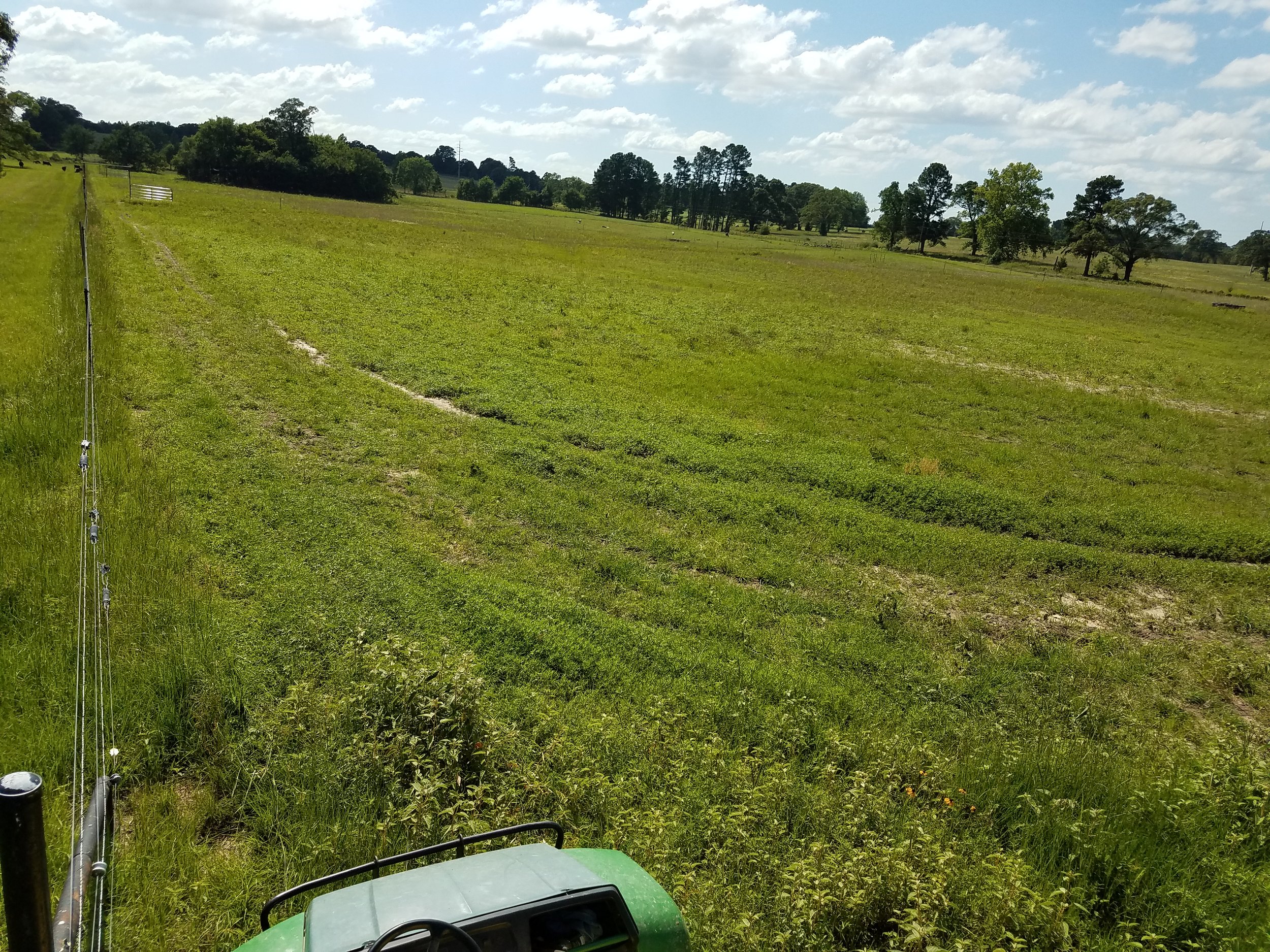established in 2014
I want to retire. It has been a good life as an engineer in the corporate world, but the time is rapidly approaching for me to move on to the next major chapter of my life.
The burning question of the last 15 years has been, “What do you want to be when you grow up?” That turned out to be a lot harder to answer than I originally expected. All told, it took almost ten years to come to a definitive conclusion. -- I tip my hat to those of you who know exactly what you want to do. – Upper management looked attractive for a while. Developing software is interesting (shrug). Consulting (shrug again). Greeting at Walmart (been there, done that, thumbs down).
My beautiful/smart/wise/trophy/most excellent wife said to me, “Why don’t you buy some cows?” We live on a 295-acre family farm in East Texas. Aside…I grew up on a ranch west of San Antonio riding horses and chasing cows. My childhood dream was to be a rancher, but circumstances steered me elsewhere…
“Sure. We’ll get some cows one day.”
“No, why don’t you buy some cows?”
“We will.”
“Why don’t you buy some cows?”
“You mean, like, now?”
“Yes. Now. Go buy some cows”
It felt like opening a door in a wall and seeing the other half of the world, new and afresh. Four 2-year old cows with their first calves came to live with us. They were in poor condition, biblically skinny, but with good confirmation and good looking babies. We had lots and lots of grass, so we had a match. That was April 2014.
OK, so you are going to be a rancher in your retirement. How will that be anything but a cash drain? And isn’t income kind of restricted and reduced in retirement? From the time of the fateful conversation and the purchase of the cows a lot of thinking and planning took place. I established some basic principles (reviewed with said excellent wife, of course):
The cattle operation must at least pay the taxes on the farm
Startup costs must be manageable
Continuing costs must be minimal
Labor inputs at steady-state must be suitable for a feeble 90 year-old man (diminished physical capacity with age is real and failure or refusal to take it into consideration is just stupid!)
My career experience as an engineer in industry took me straight to “design.” The design process for me starts with a definition of the problem to be solved. You are here, you want to be there, take these steps to cross the gap. Sounds easy, but it is actually an intense, iterative process with several sub-processes. Consider:
Gap analysis
State goals
Hypothesize solutions
Assess solutions on multiple dimensions
Cost to implement
Cost to sustain
Labor to implement
Labor to sustain
Profit potential
Risks and mitigations
Iterate until acceptable
Implement
Sustain
Did you really do all of that? Yes, I did and Yes, we did. The process shaped a solution consistent with the basic principles. Maybe even more importantly, it revealed my level of passion for the cause. The other things I looked at for retirement are all interesting, but not one of them engaged me enough to hold my interest for more than about a year. As I write this, we are now 5 years into the journey.
Our four cows are now 21 and growing.
Robin & Cheri Hood
Hood Family Farms Overview
Basics
We started with the grazing unit. Twenty-five acres divided into ten paddocks were setup to make it easy to move the cattle around with a minimum of effort. A 2600 ft. pipeline and 10 300 gallon water troughs make sure that water is always available in every paddock. The fencing is a combination of barbed wire and solar-powered electric fencing. We will use polywire to subdivide the paddocks after I retire in order to increase stocking density and enable more frequent moves.
Groceries
There are many good grasses available to producers. We chose to convert our bahiagrass=grazing to Tifton-85 for its higher digestibility, higher protein, and faster growth. Bahiagrass is still part of our system in the pasture surrounding the grazing unit. We use it primarily as a safety store for our winter.
Winter forage is a skill under development. Our goal is to feed NO hay, but to rely on “standing hay” and winter annuals. Our current blend is cereal rye, crimson clover, and ryegrass. This worked well enough for 2018-2019 that we fed only three round bales, but we can do better.
Regeneration
Grasslands and herbivores are an ecological unit. One does not do as well as it could without the other. Regenerative ranching utilizes livestock to simulate the natural grassland ecosystem as much as possible. Properly executed, livestock and forages can produce protein to feed the human population while simultaneously adding nutrients and biology into the soil.
Biology is emerging as even more important than adding nutrients to the soil. Ruminants and grasslands go together. The bacteria in the rumen these species form a system with the plants and fungi in the soil that transfers nutrients from the air through photosynthesis, transport and distribution into the soil. The sugars and starches thus transferred form the cornerstone of this healthy community of life. And that life is holding carbon - lots of it.







